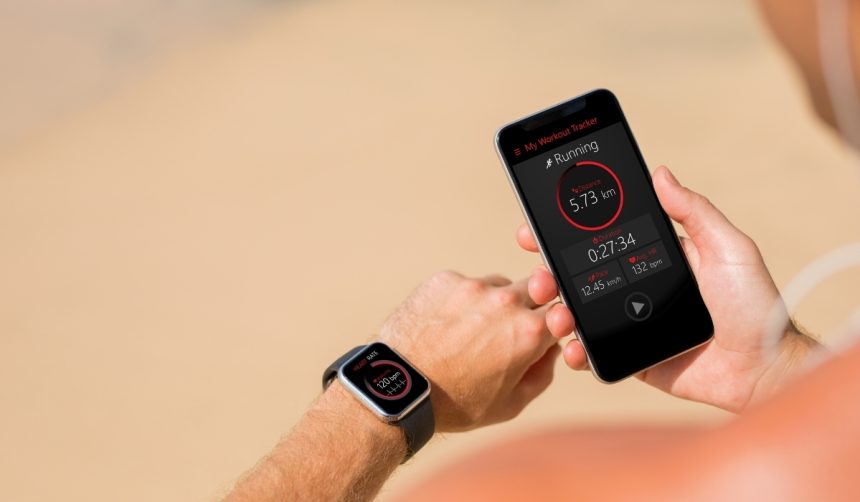Garmin is set to introduce exclusive features through a new subscription service, possibly aiming to enhance user engagement and experience. With the rapid growth of connected technology, companies increasingly leverage subscription models to provide added value to customers. By tapping into this trend, Garmin looks to differentiate its offerings, which could influence customer decisions on device upgrades or subscription purchases. How Garmin packages and prices these new features could play a critical role in their market success amid growing consumer expectations.
Introduction of exclusive features through subscription is not a novel concept for tech companies. Brands have previously launched subscription services for premium features, aimed at fostering customer loyalty and increasing recurring revenue. Garmin, traditionally known for its outdoor and fitness devices, has historically relied on standalone features and products. Embracing subscriptions signifies a shift towards a service-driven approach, aligning with broader industry trends.
What Features Might Be Added?
Garmin’s CEO hinted at incorporating numerous features into the subscription model, potentially including advanced analytics and personalized insights. These tools could cater to fitness enthusiasts seeking more comprehensive health and activity data. Additional offerings could involve safety features or navigation enhancements, providing users with a richer experience compared to standalone devices.
Why Opt for a Subscription Model?
Shifting to a subscription model aligns with the increasing consumer demand for customizable and up-to-date services. Subscription services provide companies with consistent revenue streams and the ability to frequently update features as technology evolves. Garmin aims to leverage this model to attract a broader range of users, who may appreciate continual improvements and exclusive content.
How Might Users Benefit from this Service?
For consumers, a subscription service offers constant access to the latest functionalities without purchasing new devices. Users can enjoy timely updates, real-time data processing, and access to enhanced features tailored for specific needs. This model could prove advantageous for those committed to maximizing their use of Garmin devices and services.
As Garmin transitions to a subscription-focused strategy, the onus will be on them to strike a balance between keeping core features accessible and providing enough incentive for customers to subscribe to premium offerings. Accompanying changes to their business model may include adjustments to pricing structures, promotional drives, and customer retention strategies. Companies that have incorporated similar models into their product lines report varied consumer responses; thus, user feedback will likely play a crucial role in Garmin’s ongoing development of its subscription services.










